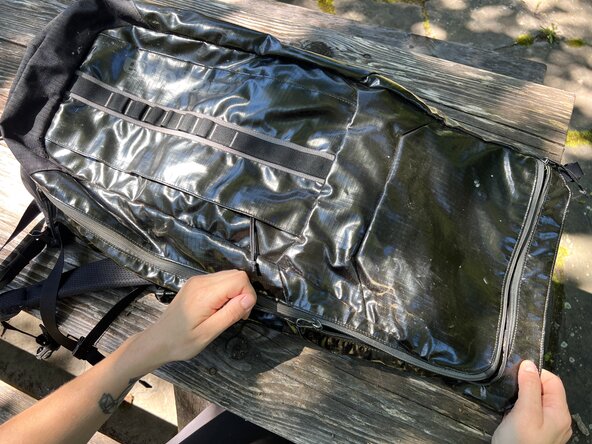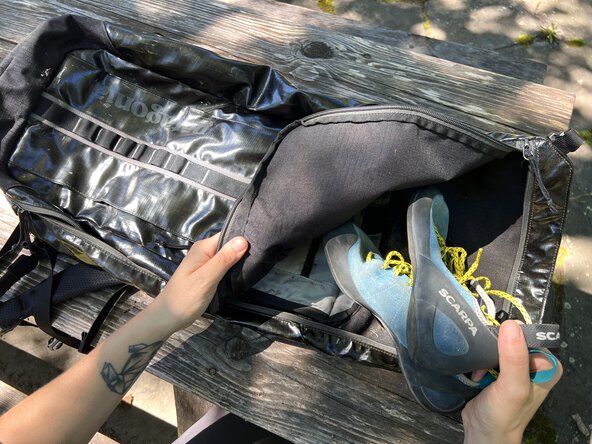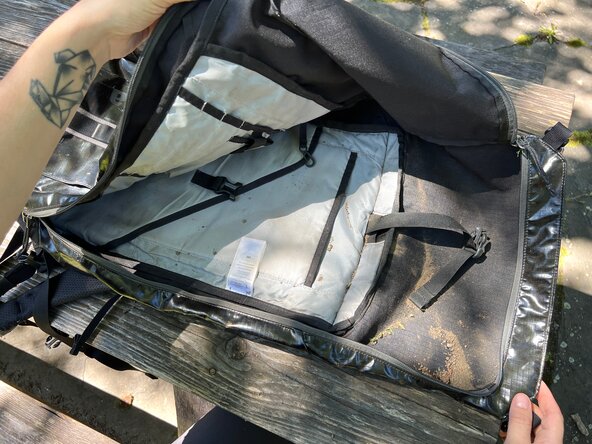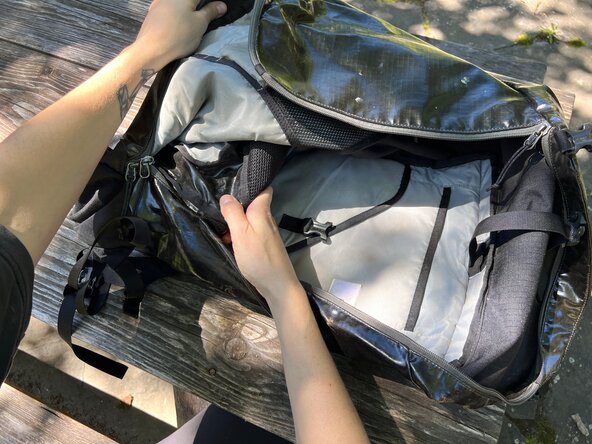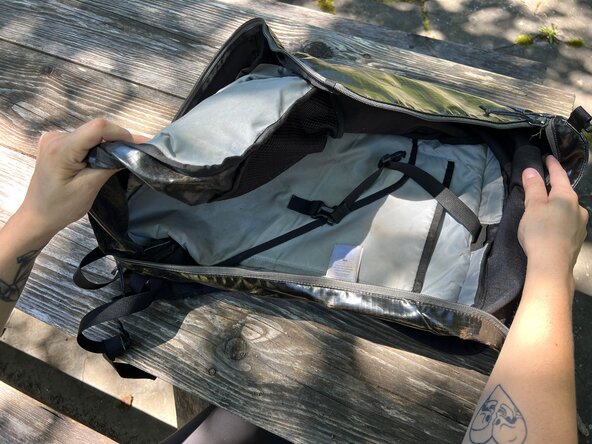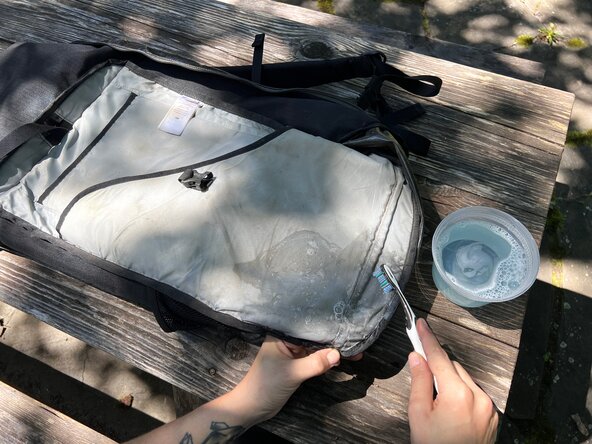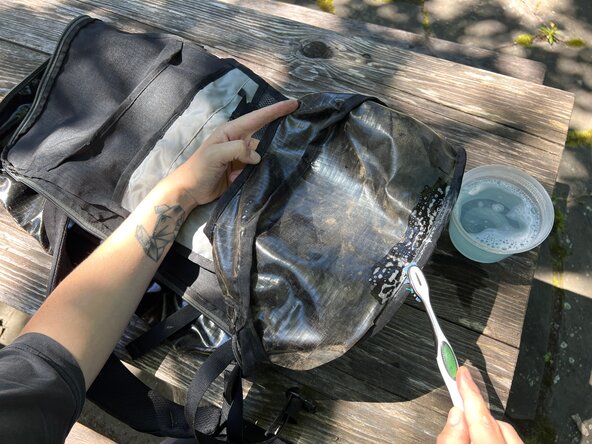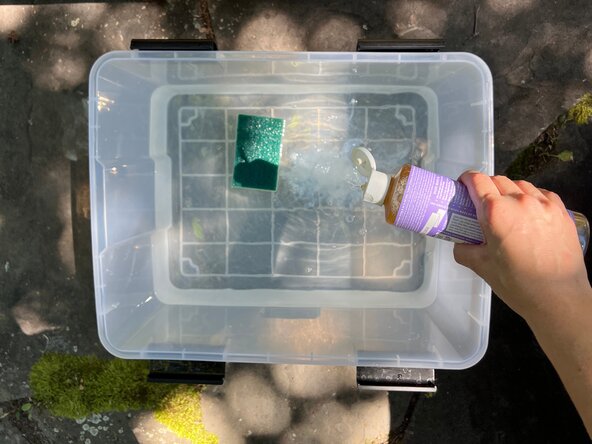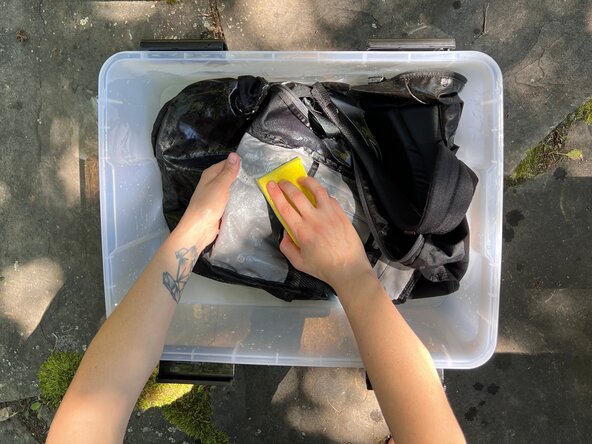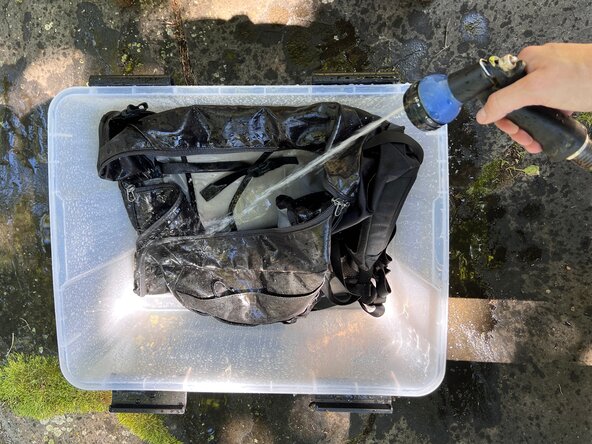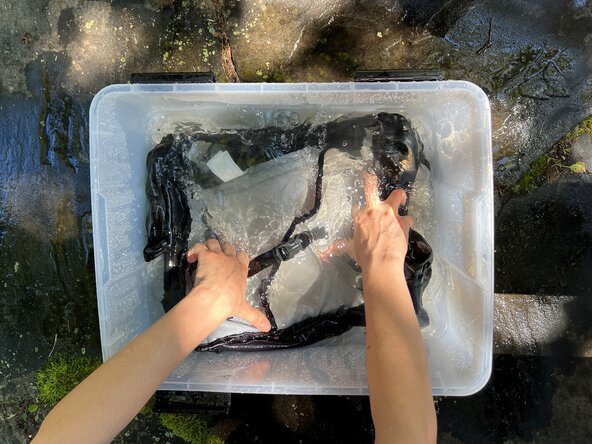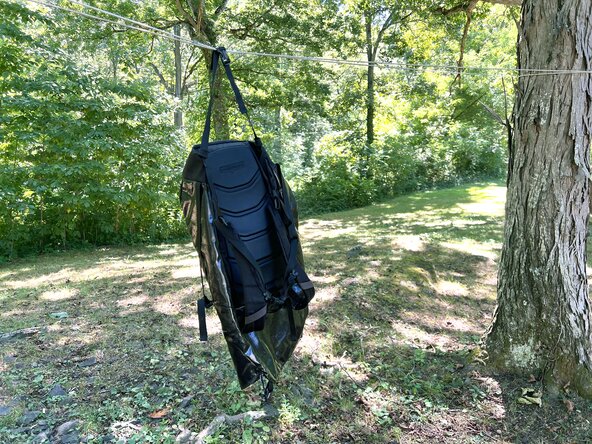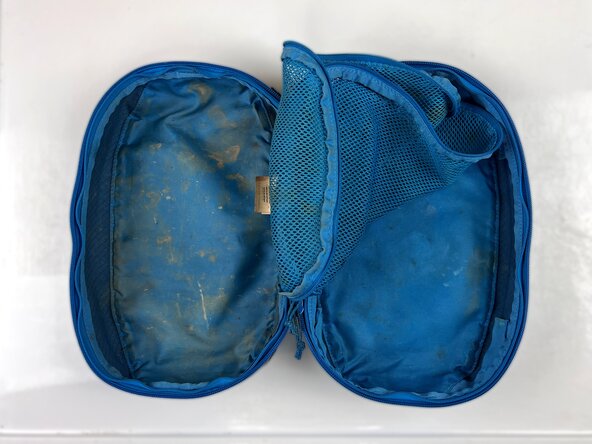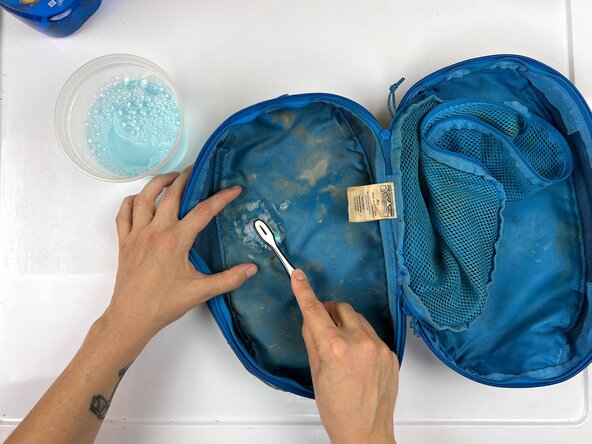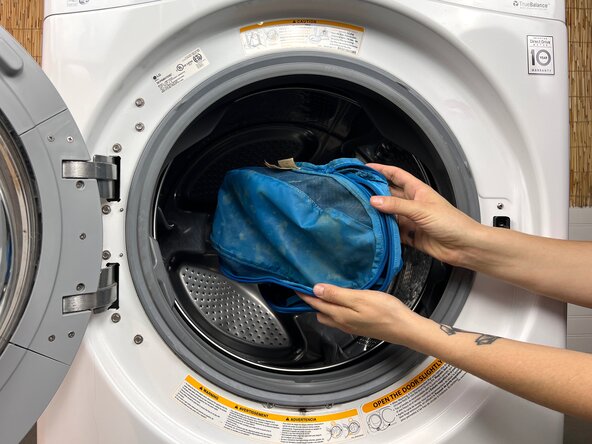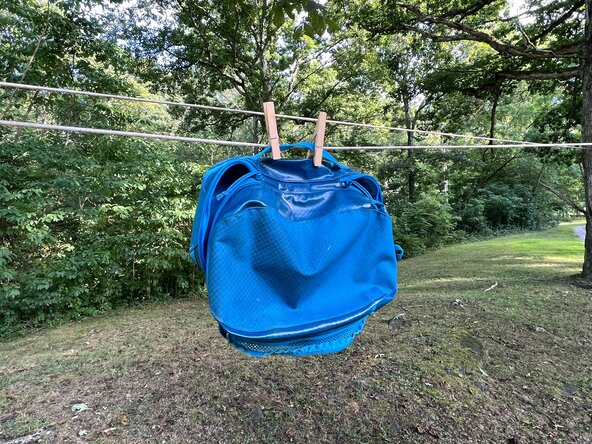How to Wash and Dry a Patagonia Pack
ID: 195144
Description: Repair homepage....
Steps:
- Open the pack and remove all contents.
- Double-check every pocket—you never know what treasures or love notes might be hiding!
- Shake out loose dirt and debris from the main compartment.
- Open all pockets and smaller sections, then shake or brush out any remaining debris in those areas.
- Loosen all drawcords and cinches.
- Flip the pack inside-out.
- It might feel awkward, but don’t worry—packs are manufactured inside-out and can handle it!
- Wipe or brush away any debris revealed during the flip. Pay special attention to the bottom corners and under binding tape where lint tends to collect.
- Use a soft, dry brush to reach into tight crevices.
- Mix a small amount of dish soap with warm water.
- Use a soft brush to pre-treat any tough stains with the soapy water mixture.
- Focus on shoulder straps, back panels, and bottom panels—these areas tend to collect the most grime.
- See Spot Clean Technical Gear for more details.
- If your pack has integrated foam pieces, like a foam back, you must wash it by hand. For packs without foam, you can skip to Step 8 for machine washing directions.
- Fill a tub or sink with warm water and add a biodegradable soap or detergent.
- Any biodegradable liquid detergent free of dye will work. Look for labels like "organic" or "sensitive skin."
- Submerge the pack and gently scrub it with a soft brush or sponge, paying extra attention to dirty or stained areas.
- Flip the pack inside-out and right-side-out as needed to reach all areas.
- Drain the dirty water.
- Make sure you used biodegradable soap before dumping outside!
- Rinse the backpack thoroughly with clean, cool water until all soap is gone.
- If you're outside, a hose works great for this step!
- Flip the pack right-side-out so it dries in its natural shape.
- Shake out excess water, especially from compartments where it can pool.
- Hang the pack upside down to dry in a well-ventilated area, out of direct sunlight.
- You did it!
- Your pack is fresh and ready for more adventures.
- Maybe vow to keep coffee mugs out of it next time 😉
- Only machine wash packs without foam. If your pack has integrated foam, see Step 4 for hand washing instructions.
- The pictured item is a Black Hole® Cube but other examples include some Lightweight Travel Totes, cotton tote, and the Slope Runner Vest.
- Some bags also have removable foam that can be taken out before machine washing.
- Spot clean first with dish soap and warm water. See Spot Clean Technical Gear.
- Open all zippers and loosen all cinches to allow for water flow. Fasten all buckles to prevent damage.
- Wash inside-out if the interior is dirtier; right-side-out if the exterior needs more attention.
- Use a front-loading machine or top-loading machine without an agitator (the central spindle). Agitators can damage packs by causing tangles, tears, or scrapes.
- Place the pack in the washing machine with gentle, biodegradable laundry detergent.
- Set the load size to small.
- Set the water temperature to cold or warm.
- Set the wash cycle to normal or gentle/delicate/permanent press.
- Set the spin cycle to low or off.
- Start the washing machine.
- Hang the pack right-side-out in a well-ventilated, shaded area to air dry.
- Don't put the pack in the dryer.
- Zippers last longer when they’re clean, dry, and free of debris or corrosive agents like saltwater, sweat, or toiletries.
- Avoid using zipper lubricants unless absolutely necessary. If a clean zipper is still sticky, it may need to be sent in for repair.
- Exception: Waterproof zippers on submersible packs require specific lubricants—check the manufacturer’s recommendations.
